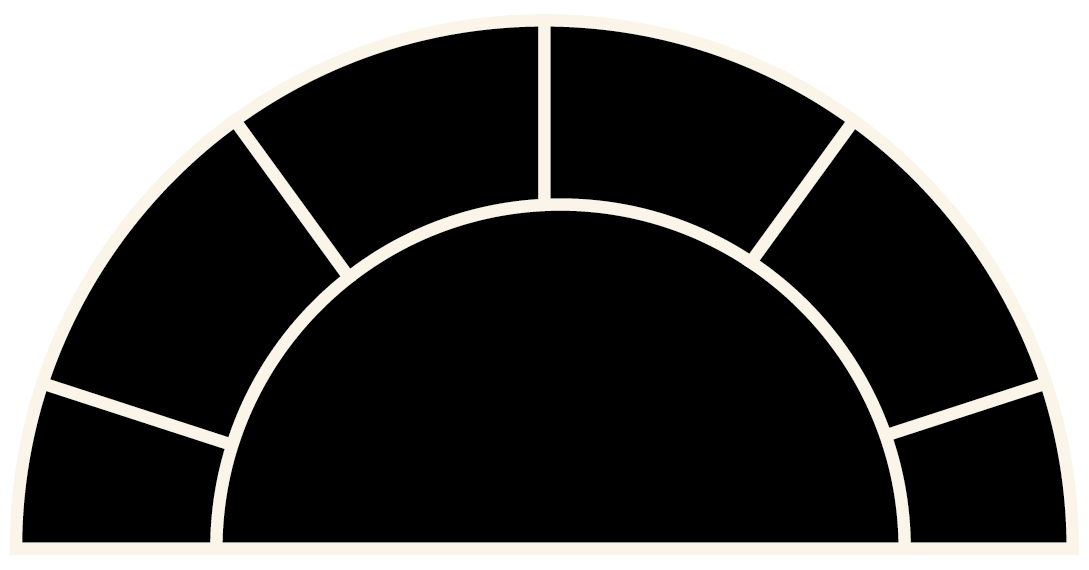
Syria’s New Government Steps Up Pursuit of Assad Loyalists

Democratic Fears of a Constitutional Convention

Skispringer an Weihnachten: Hannawald: "Habe mir nie die Gans absprechen lassen"

Wetter: Nebel im Flachland, Sonne auf den Bergen

This website contains a series of reflections on the circulation and consumption patterns of news in the digital environment. Using metadata from several newsrooms’ archives, each experiment deals with a feature of digital news: keywords, text, and images. Using a combination of computational methods, three individual chapters pivot around a series of design and data visualization experiments with news data.
Browse by chapter:
The Hyper-visual Times
After building a partial blueprint of the material layer of news, the chapters included in this interactive essay will dive into one particular dimension of digital news-making. The goal is to reverse the transient and ephemeral nature of digital news through the creation of distinct pictures and snapshots of news coverage. These snapshots compose a wider horizon for digital news consumption with editorial and platform-related strategies coming to the foreground in showing and comparing the rhetorical and contextual rules of selected news outlets.
The geo-politics of news
This chapter focuses on how geographic keywords are used across the online coverage of two newspapers: The New York Times and Zeit Online. First, keywords that are related to geographic locations are extracted and preprocessed to reach a common standard for both publications. Then, other keywords related to these countries are extracted to investigate the overlaps and differences shown by the two newspapers in covering geo-political issues.
Discoursive interrelations
Using machine learning and topic modeling techniques, key terms have been extracted from one year worth of articles from The New York Times archives. As a result, we generated clusters of similar words showing how often certain topics are discussed throughout the newspaper coverage. In this chapter, these clusters have been visualized to allow for analyzing the relationships between different themes.
The language of images
This chapter focuses on images of people as cultural artefacts built using long-established conventions of visual depictions. By extracting facial features from one year Zeit Online and The New York Times coverage, only images depicting famous people (politicians, actors, etc.) have been retained. The visualizations show how frequently certain subjects are shown and what rhetorical devices are applied in depicting them.